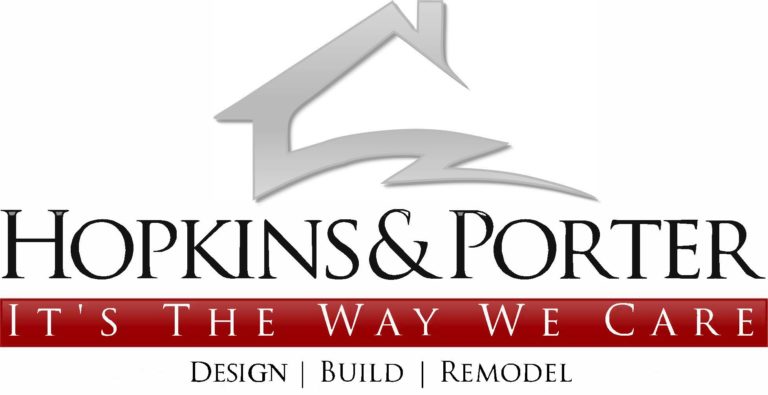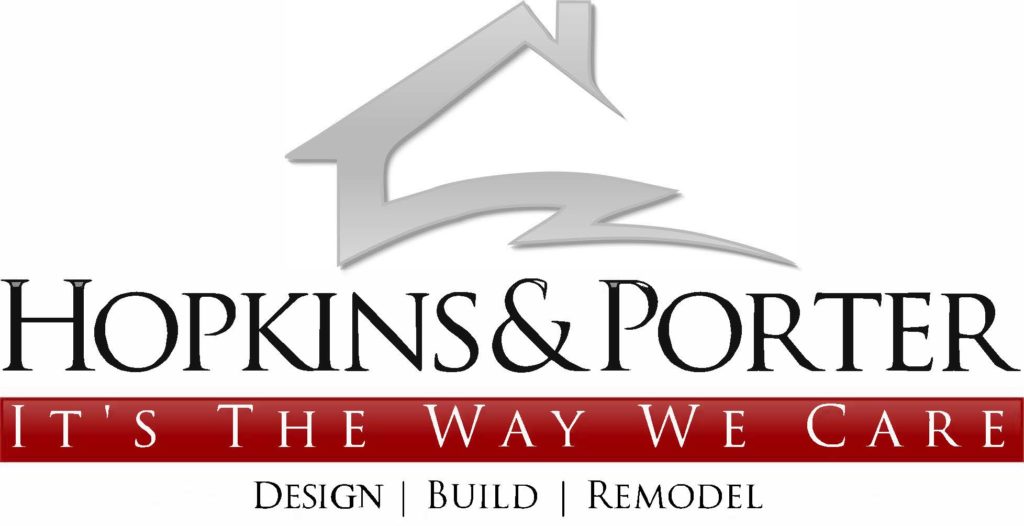Green home remodeling and energy-efficient home improvements are becoming the most popular trend in the housing market. However, did you know these projects can negatively affect your indoor air quality? Many of the most effective green home remodeling techniques work by helping to close the building envelope and air sealing the house. As a result, indoor air quality becomes an issue.
Indoor air quality is extremely important. We spend 90 percent of our lives indoors, and most of that in the home. The largest portion of our utility costs comes from heating and cooling. Homes become more energy-efficient when they are a closed system, trapping heating and cooling energy in the house.
Green home remodeling is simply a home improvement using designs, materials, and techniques for energy efficiency and resource sustainability. The problem is that creating an air sealed home, without a whole home ventilation system, will trap dust, pollen, pet odors, mold spores, bacteria, and even more contaminants. For example, an older home that once tested fine for radon can require unacceptable levels after green home remodeling and energy-efficient home improvements.
These contaminants and pollutants are either biological or chemical. Pet dander, molds, bacteria, and viruses are just some of the examples of biological contaminants. A home with trapped moisture becomes a breeding ground for invading mold spores. Even if you don’t suffer from allergies, repeated long-term exposure can cause a reaction, sometimes becoming severe.
Chemical contaminants and pollutants are also an issue, such as the build-up of carbon monoxide. Even if you converted an old furnace, any combustion unit is a potential problem, including sealed fireplaces and combustible appliances. Moreover, radon is potentially responsible for as many cases of lung cancer as smoking. Other contaminants exist from paints, solvents, cleaning products, and more.
Formaldehyde also finds its way into a home as an adhesive in pressed wood products such as cabinetry, particle board, and trim. Formaldehyde is a possible carcinogen with a gas that can irritate your eyes, nose, and throat; cause nausea and fatigue, and aggravate allergies. Moreover, with long-term exposure, some people produce an increased sensitivity to formaldehyde.
We are not sharing all this to discourage green home remodeling and energy-efficient home improvements. These are unquestionably important to the environment and for resource sustainability. Moreover, reducing the amount of energy we use is a great way to save money. Nonetheless, burning of fossil fuels is a dirty way to produce energy, whether you believe in man-made climate change or not. Becoming energy-efficient is a win-win for everyone.
Here are some project-specific concerns:
Basement Conversions – The two big issues with basement conversions are moisture control and radon. Basements tend to be damp, but it may not have been an issue before air-sealing the area and converting it to living space. The same is true with radon, which comes out of the ground and is now locked into the newly converted basement.
Bathroom Remodel – There are several air-sealing opportunities in a bathroom remodel. However, this can lock moisture without a good ventilation system. Bathroom exhaust fans are part of a whole house strategy to provide ventilation.
Kitchen Remodel – There are indoor air quality concerns with a kitchen remodel. These primarily include moisture and food odors, but also combustible appliances like indoor grills. A good ventilation system is important to resolve these issues.
Attic Conversion – A ventilation is also essential for an attic conversion or attic air-sealing. An attic is often a rather open space, and roof vents provide airflow, allowing stale and polluted air to escape the home. An attic conversion seals air’s escape and a whole home ventilation system must replace this.
What haven’t we covered yet that is important to you? If you would like to talk more about indoor air quality and green home remodeling, or need more information, please contact us.

